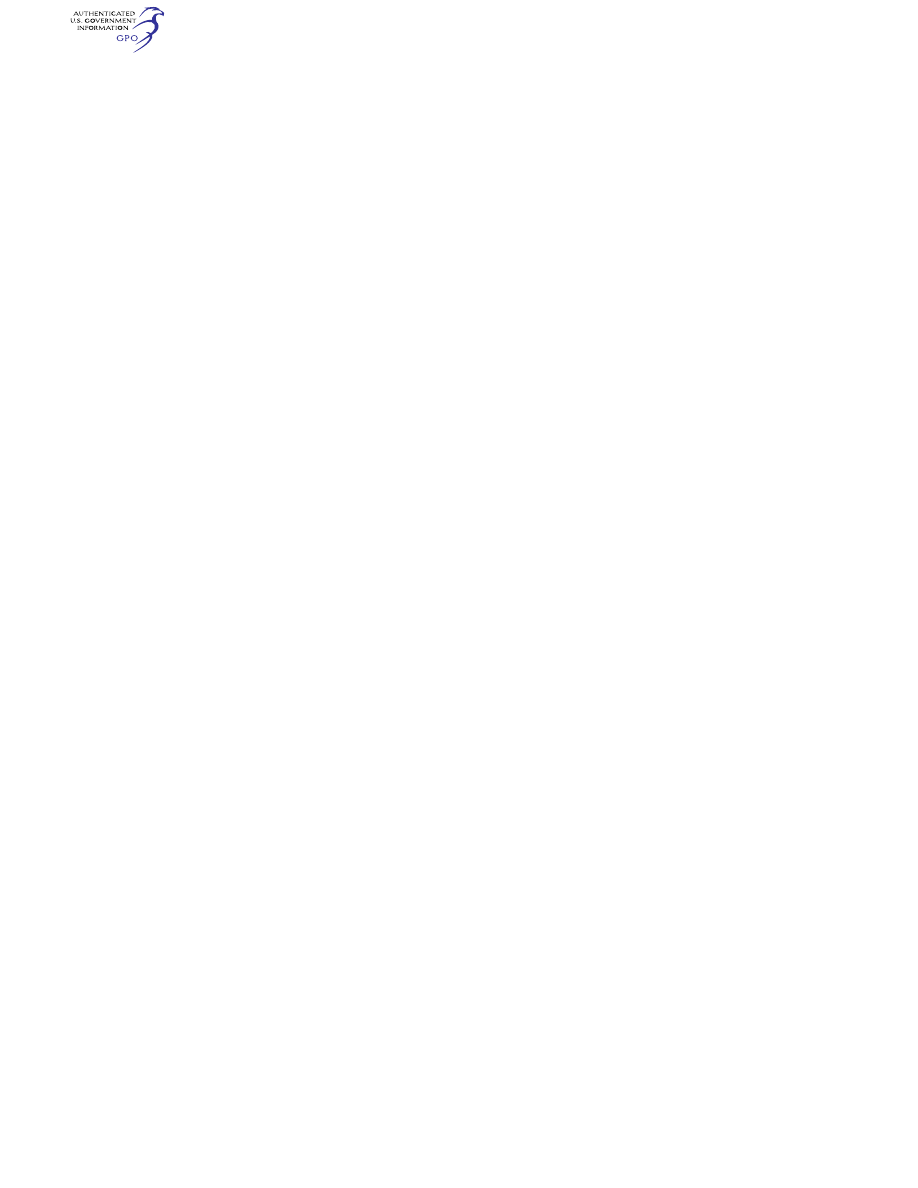
133
Federal Aviation Administration, DOT
§ 121.327
those required by §§ 121.305 through
121.321 and 121.803:
(a) Position lights.
(b) An anti-collision light.
(c) Two landing lights, except that
only one landing light is required for
nontransport category airplanes type
certificated after December 31, 1964.
(d) Instrument lights providing
enough light to make each required in-
strument, switch, or similar instru-
ment, easily readable and installed so
that the direct rays are shielded from
the flight crewmembers’ eyes and that
no objectionable reflections are visible
to them. There must be a means of con-
trolling the intensity of illumination
unless it is shown that nondimming in-
strument lights are satisfactory.
(e) An airspeed-indicating system
with heated pitot tube or equivalent
means for preventing malfunctioning
due to icing.
(f) A sensitive altimeter.
[Doc. No. 6258, 29 FR 19205, Dec. 31, 1964, as
amended by Amdt. 121–251, 60 FR 65932, Dec.
20, 1995; Amdt. 121–281, 66 FR 19043, Apr. 12,
2001]
§ 121.325 Instruments and equipment
for operations under IFR or over-
the-top.
No person may operate an airplane
under IFR or over-the-top conditions
under this part unless it is equipped
with the following instruments and
equipment, in addition to those re-
quired by §§ 121.305 through 121.321 and
121.803:
(a) An airspeed indicating system
with heated pitot tube or equivalent
means for preventing malfunctioning
due to icing.
(b) A sensitive altimeter.
(c) Instrument lights providing
enough light to make each required in-
strument, switch, or similar instru-
ment, easily readable and so installed
that the direct rays are shielded from
the flight crewmembers’ eyes and that
no objectionable reflections are visible
to them, and a means of controlling
the intensity of illumination unless it
is shown that nondimming instrument
lights are satisfactory.
[Doc. No. 6258, 29 FR 19205, Dec. 31, 1964, as
amended at Amdt. 121–281, 66 FR 19043, Apr.
12, 2001]
§ 121.327 Supplemental oxygen: Recip-
rocating engine powered airplanes.
(a)
General.
Except where supple-
mental oxygen is provided in accord-
ance with § 121.331, no person may oper-
ate an airplane unless supplemental ox-
ygen is furnished and used as set forth
in paragraphs (b) and (c) of this sec-
tion. The amount of supplemental oxy-
gen required for a particular operation
is determined on the basis of flight al-
titudes and flight duration, consistent
with the operation procedures estab-
lished for each operation and route.
(b)
Crewmembers.
(1) At cabin pressure
altitudes above 10,000 feet up to and in-
cluding 12,000 feet, oxygen must be pro-
vided for, and used by, each member of
the flight crew on flight deck duty, and
must be provided for other crew-
members, for that part of the flight at
those altitudes that is of more than 30
minutes duration.
(2) At cabin pressure altitudes above
12,000 feet, oxygen must be provided
for, and used by, each member of the
flight crew on flight deck duty, and
must be provided for other crew-
members, during the entire flight time
at those altitudes.
(3) When a flight crewmember is re-
quired to use oxygen, he must use it
continuously, except when necessary to
remove the oxygen mask or other dis-
penser in connection with his regular
duties. Standby crewmembers who are
on call or are definitely going to have
flight deck duty before completing the
flight must be provided with an
amount of supplemental oxygen equal
to that provided for crewmembers on
duty other than on flight deck duty. If
a standby crewmember is not on call
and will not be on flight deck duty dur-
ing the remainder of the flight, he is
considered to be a passenger for the
purposes of supplemental oxygen re-
quirements.
(c)
Passengers.
Each certificate holder
shall provide a supply of oxygen, ap-
proved for passenger safety, in accord-
ance with the following:
(1) For flights of more than 30 min-
utes duration at cabin pressure alti-
tudes above 8,000 feet up to and includ-
ing 14,000 feet, enough oxygen for 30
minutes for 10 percent of the pas-
sengers.